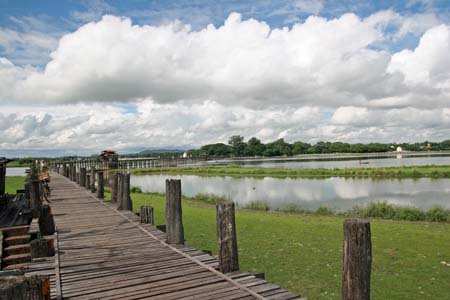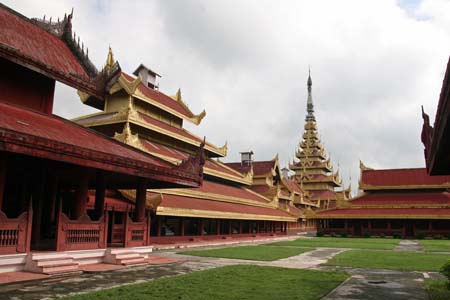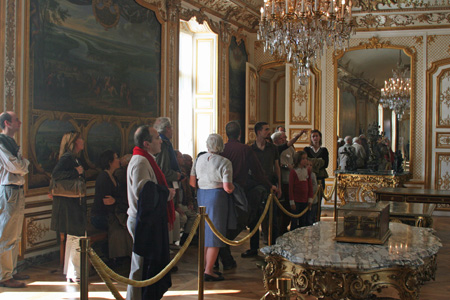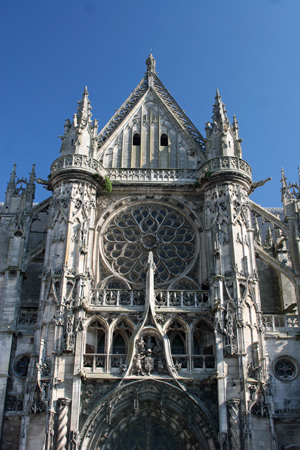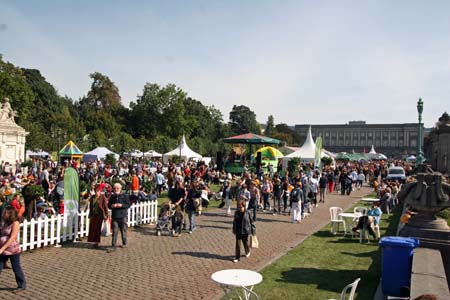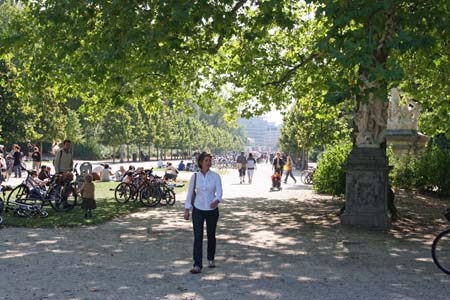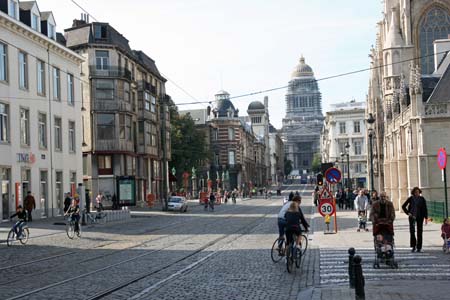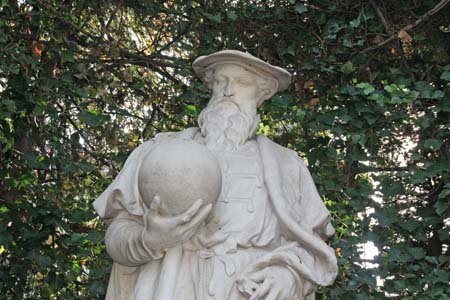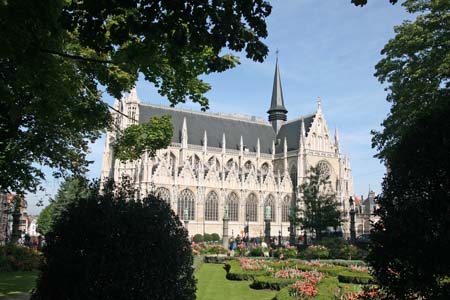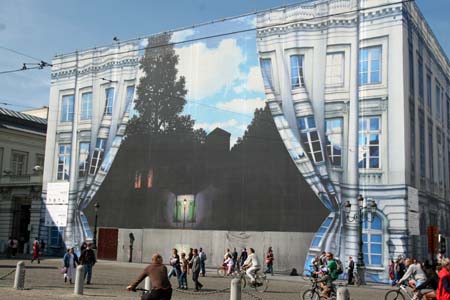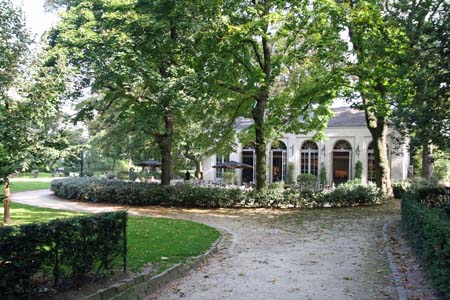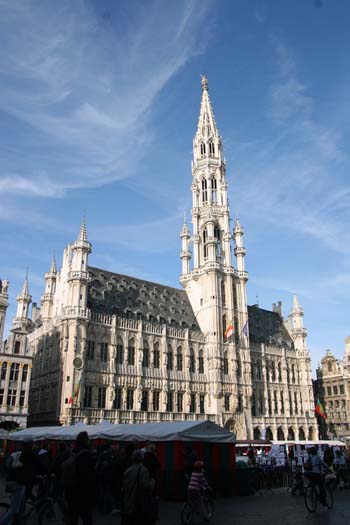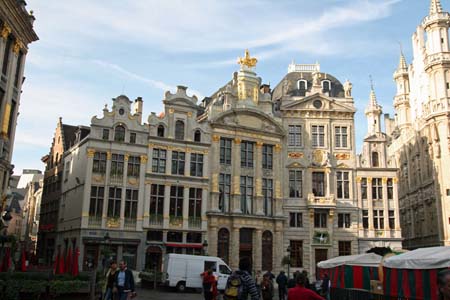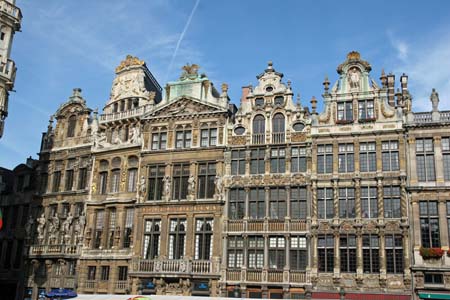From Koya San, we did the return journey by bus, funicular, train, train, train back to Osaka. Luckily this time as we missed rush hour and had fewer trains.
Our first stop in Osaka was lunch – what else on a Food Lover’s tour. We had Tako-Yaki, also known as ‘pizza balls’ – here they are typically filled with octopus, but you can also have shrimp, or beef. The catch is that you have to make the balls yourself, and it takes a little practice to get them right. I was concentrating so much on making my lunch, that I do not have any pictures of our results. Fortunately, the looks do not affect the taste, and they were great. Later on, we were able to see the ‘experts’ in action. From right to left, you can see the evolution from a flat shapeless blob to round balls that are sold on the street.

In the evening, we had a ‘fugu’ meal, another local specialty. Fugu, also known as blowfish – here is what it looks like alive in the local market …

is extremely toxic, especially the skin and the internal organs. A restaurant and a Fugu chef have to have a special license to be able to serve fugu and must dispose of the discarded bits in a special way. We had Fugu Sashimi, broiled fugu, steamed fugu, pickled fugu and fugu miso soup.
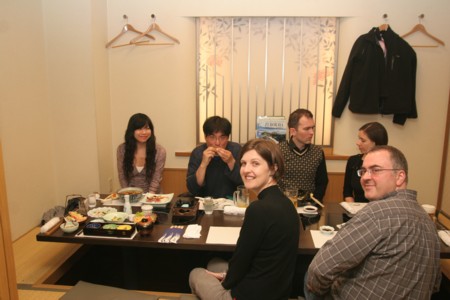
I made several attempts to visit the Osaka Art Museum, but the first day I arrived too late to still get in, and the second, it was exceptionally closed for the day – I decided instead to go for a view of the city from the top of the highest building. It gave me a unique view of the Osaka Castle, a reconstruction in concrete which I decided not to visit since we are going to go see the ‘real’ thing in Himeji later.
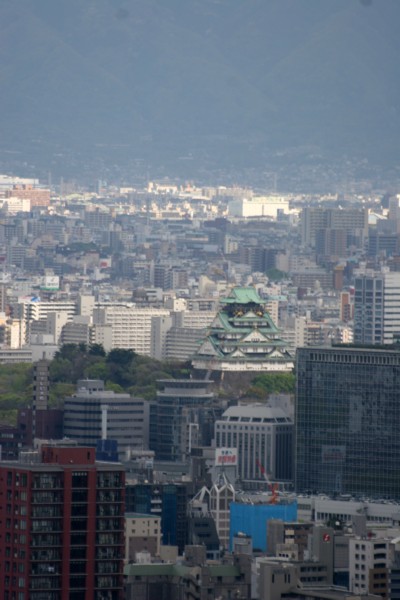
and I also discovered that some Japanese women like to dress in Kimono, just to go around town …

After Osaka, we go to Hiroshima. I cannot say that the city is still traumatised by the events of 6 August 1945, but a lot in the city revolves around Peace Park and the Atom Bomb Museum. The most recognisable landmark is what is left of the regional government building only 200 m from where the bomb exploded (it never touched ground as it exploded about 100 m above ground).

As I had already seen the Peace Memorial Park and Museum, I decided to go visit the Japanese garden of Shukkei-en. It had been right at the edge of the zone devastated by the bomb and was used as a place where wounded victims gathered awaiting medical help. Unfortunately a lot of them died before anything could be done for them.
The garden is very peaceful and I was lucky enough to once again run into Japanese women wearing their kimono – making the experience even more authentic.
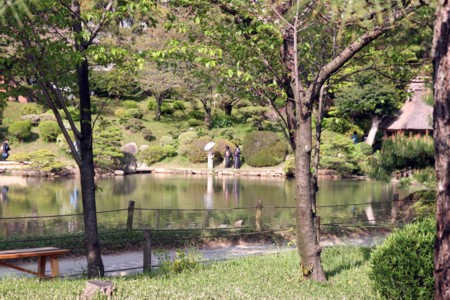
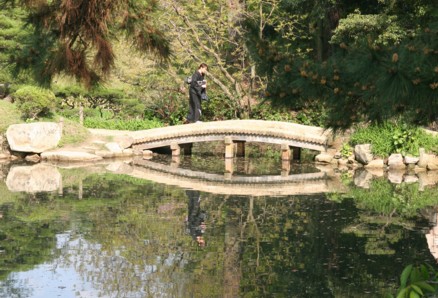
Several years ago, I bought a book first published in 1946 by John Hersey called Hiroshima. It is the tale of the day before to the day after the bomb fell. I have never been able to confirm if this is pure fiction or real testimonies of what happened, but it is very realistically told. And I am now sure that most of what he says is indeed based on facts and eyewitness accounts. Hiro had arranged for us to meet a survivor of the bomb; for one hour, he slowly, and at times with obvious discomfort explained to us what happened to him that day when he was just 16 years old. He reminded me of the book I had read years ago and now that I have seen what the city looks like, I should read it again to get a better feel for what it says. Survivors of the bomb are getting fewer and fewer – the youngest is 63 having been in his mother’s womb on that day. These are experiences that need to be captured now, before they are lost forever …
Hiro had also asked us if we wanted to go to a baseball game. We all said yes. Hiro claimed not to be an avid fan, but came prepared for us when we met just before the game

There are lot’s of similarities between the game in Japan and in the US. No, this is not the Philly Phanatic moonshining off-shore but is the local cheerleader
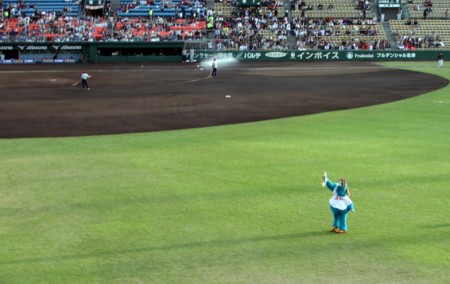
And while there are differences, they have not replaced the pitcher by five ladies with Lacrosse sticks. This is the ceremonial first pitch – I did not even know they played Lacrosse in Japan.
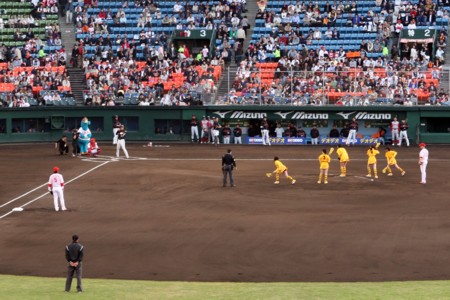
We were amongst the local fans and since the Hiroshima Carps won the game, there was a lot of atmosphere throughout.
The ‘must-do’ day trip from Hiroshima is to go to Miyajima. The reason to go there is to take one of the most famous photos of Japan – the floating torii gate of the Itsukushima Jinja Shrine
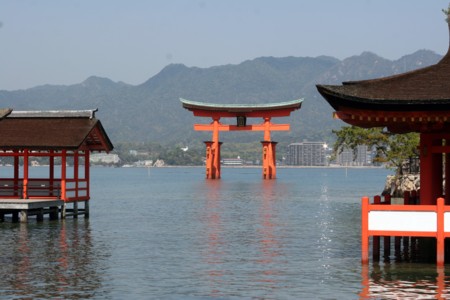
Hiro added a new twist by asking us to jump just as he took the picture

There is also Mount Misen, where, if you are lucky, you can see some of the local wildlife

But you can also see the famous torii gate from a totally new angle (you need to go to the very top, where there is a watch tower – lean over the top handrail a little – don’t tell my mother – and this is what you get)

The Japanese are not particularly known for their sense of humour – but here is some, in two languages …
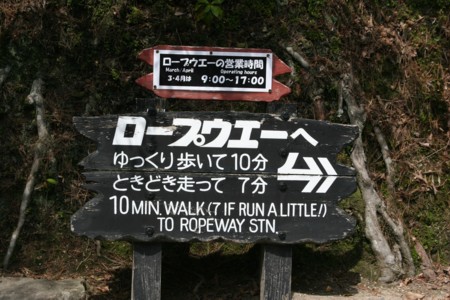
In the afternoon, it was low tide and the area around the torii gate was full of people digging into the sand. I never discovered what they were looking for.
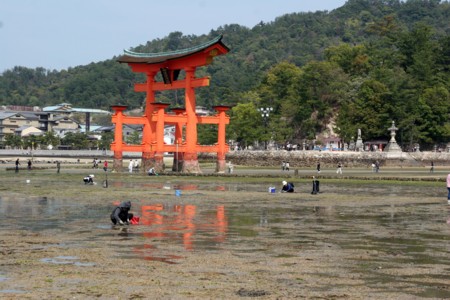
The trip would not be complete without some food – right?
The local specialty: Hiroshima style Okonomi Yaki – there is a building in town called Okonomi mura where there are 3 floors of nothing but Okonomi Yaki restaurants. The food is prepared right in front of you – this time, we did not have to do it ourselves.
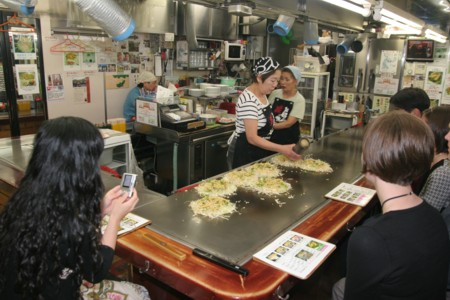
It is off to Himeji and Kyoto next – stay tuned…
(917 Page Views)
















